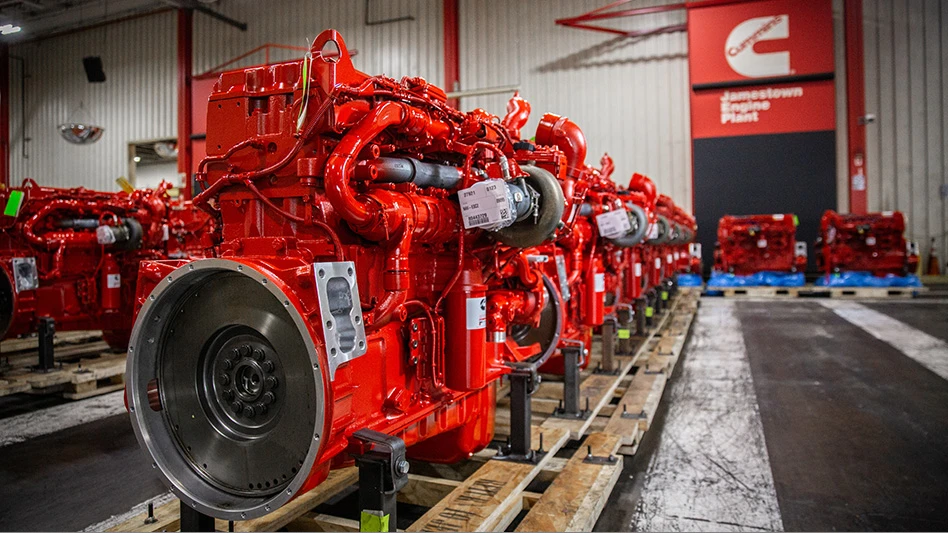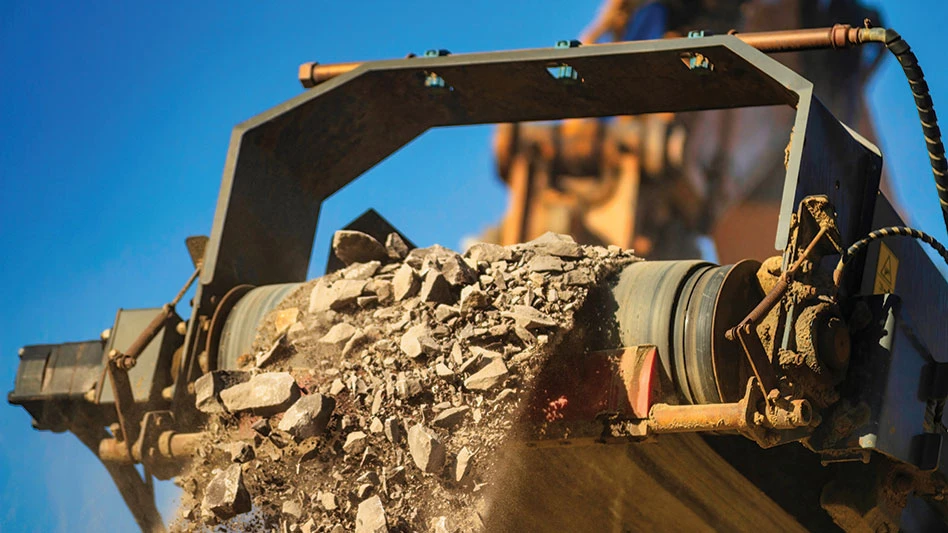
Photo courtesy of Cummins Inc.
The U.S. Environmental Protection Agency has finalized what it says are the strongest greenhouse gas (GHG) emission standards for heavy-duty vehicles in history.
The EPA says the standards will avoid 1 billion tons of GHG emissions and provide $13 billion in annualized net benefits related to public health, climate and savings for truck owners and operators.
For truck fleet owners and operators, including in the waste and recycling sectors, the standards also likely mean the selection of trucks available for purchase in the future could be greatly different compared with the current range of options.
The EPA as part of the Biden administration has gathered comments from not-for-profit organizations and several companies in the trucking and engine-making sectors to portray the impact of the proposed new standards.
Not-for-profits focused on climate change and clean air universally praise the new standards. The EPA also provides comments from several executives in the truck-making and engine-making sectors, several of whom express gratitude that their input was included as the standards were formulated.
“Cummins appreciates EPA’s efforts to partner with industry and other government agencies to finalize the Phase 3 rule to reduce greenhouse gas emissions,” a statement from Indiana-based engine maker Cummins says. “The industry needs nationwide regulatory certainty to successfully move toward a decarbonized future.”
“The EPA’s new heavy-duty emissions rule is challenging, but Ford is working aggressively to meet the moment,” says Cynthia Williams of Ford Motor Co. “We also need policymakers to pair emission standards with incentives and public investment so that we can continue to deliver on the next generation of vehicles and for our nation to lead the future of this industry.”
A statement from Volvo, whose Mack Trucks brand makes electric-powered models in Pennsylvania, says, “The Volvo Group is completely aligned with EPA’s objective of speeding the transition to zero-emission vehicles [ZEVs]. It’s important to note that this regulation represents the first time that compliance is beyond our control as a manufacturer. Customers won’t buy ZEVs unless they’re confident they have access to charging, which neither OEMs nor EPA can guarantee.
"We believe the stringency levels in EPA’s final regulation are more realistic than what was originally proposed and support the agency’s pledge to consider further adjustments if necessary. We are committed to investing significant resources to support the growing availability and adoption of commercial zero-emission vehicles.”
The EPA standards have been years in the making, and the late-March announcement is tied to Phase 3 of the truck standards effort.
The agency says the new standards are “technology-neutral and performance-based," allowing each manufacturer to choose what set of emissions control technologies is best suited for them and the needs of their customers.
The EPA specifically mentions advanced internal combustion engine vehicles, hybrid vehicles, plug-in hybrid electric vehicles, battery electric vehicles and hydrogen fuel cell vehicles as being available under the new rules.
The new standards apply to heavy-duty vocational vehicles, such as delivery trucks, refuse haulers, public utility trucks, and transit, shuttle and school buses, as well as tractors, such as day cabs and sleeper cabs on tractor-trailer trucks.
Many of the standards will be phased in between 2027 and 2032, with some targets in place all the way to 2055. While the EPA says all technologies can meet its standards, an initial effort involves funding to create National EV Freight Corridors for alternatively-powered vehicles.
According to the CleanTechnica, “These arteries will be targeted for the deployment of more charging and refueling infrastructure to enable increasingly longer routes, including cross country routes eventually.”
Latest from Construction & Demolition Recycling
- Fornnax wins Green Innovation of the Year award
- ABC: Construction backlog inches lower, staffing levels expected to grow
- Former detention center in Cleveland set for demolition
- Ferrous market upward price momentum continues into March
- Build Reuse joins up for Circularity event
- Komatsu adds 2 wheel loaders to product line
- Yanmar initiative focuses on electric power
- Fleetio integrates Maintenance Shop Network add-in





